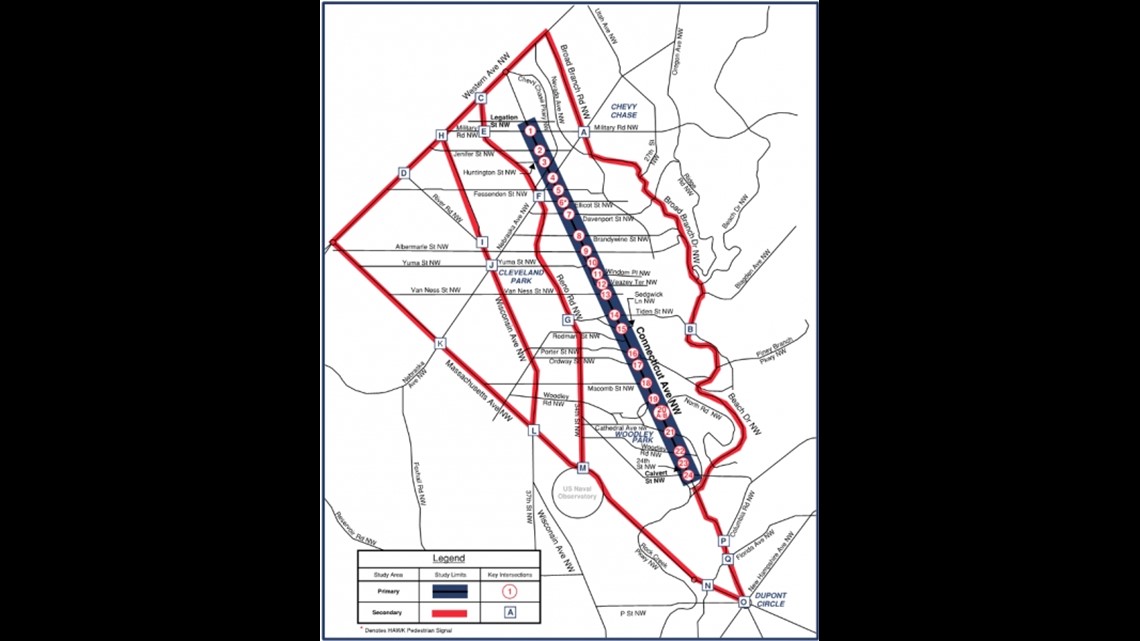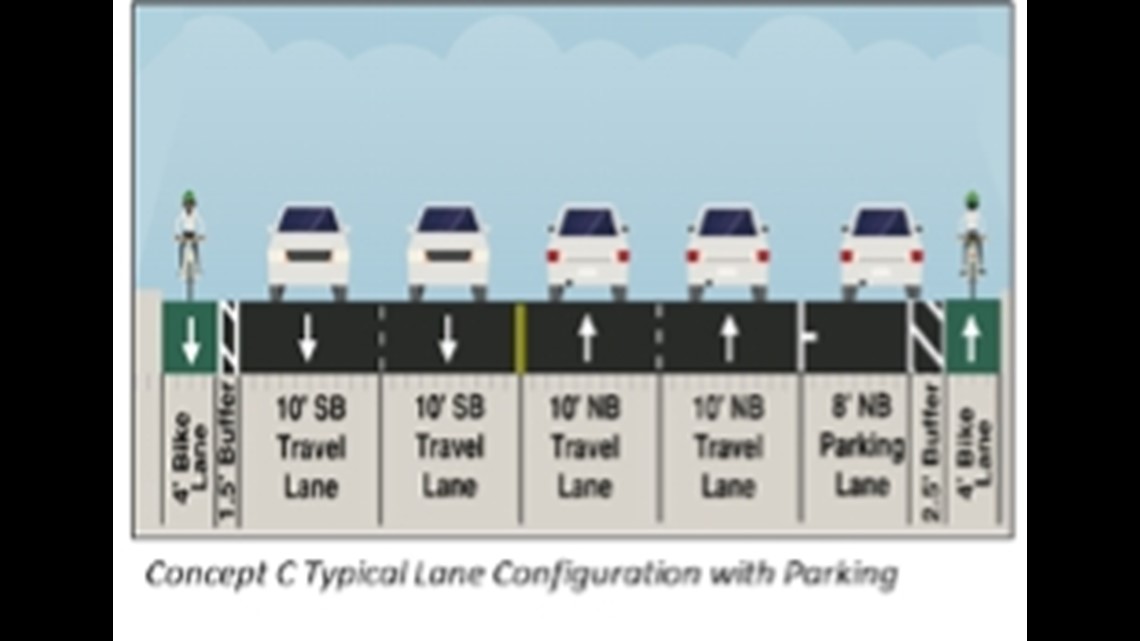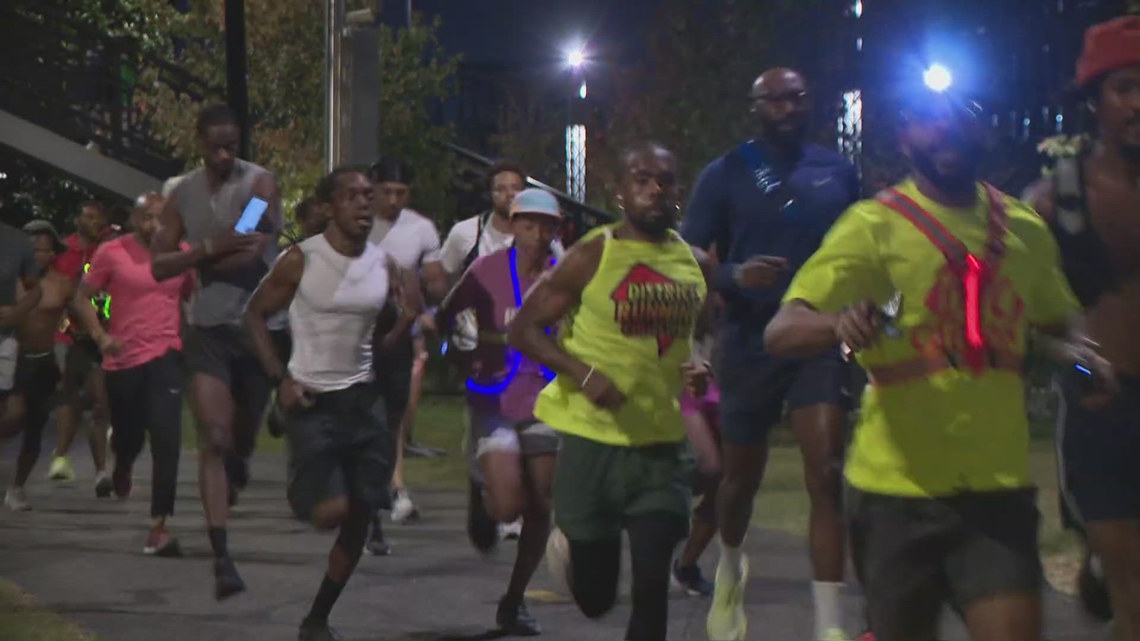Bicycle advocates have been celebrating the proposal to add bike lanes, while many neighbors are voicing their opposition.
WASHINGTON — In Northwest, D.C., there's a growing debate over whether bike lanes should be added on Connecticut Avenue Northwest.
The D.C. Department of Transportation was initially scheduled to finalize its concept design this spring for a massive revamp including two bike lanes heading in each direction. However, this deadline was pushed back to this fall, amid neighbor concerns.
“We never left the drawing board," said DDOT Director Everett Lott, who joined WUSA9 to give an update. "We’ve been there the whole time making updates and modifying it based on the continual feedback that we’ve been receiving.”
The project to revamp Connecticut Avenue has been discussed by DDOT since December 2019. Amid many safety changes, it would add two protected bicycle lanes, stretching across nearly three miles, from the intersection with Calvert Street Northwest in Woodley Park to the intersection with Legation Street Northwest in Chevy Chase.
Lott said they've had to balance the intense opposition from many neighbors with the passionate support from bicycle safety advocates.
“It’s tough," he said. "But that’s our job.”


The proposed bicycle lanes have been celebrated by bicycle safety advocates like those at the Washington Area Bicyclist Association. Elizabeth Kiker, the executive director for WABA said that it's about saving lives.
"There are so many crashes along this corridor," she said. "Our goal as a city is vision zero. And this type of work is what we need to do to get to zero fatalities on our streets.”
Despite enthusiastic support from bicycle safety advocates, some neighbors have voiced their opposition. That includes Lee Mayer, who organized a group called "Save Connecticut Avenue," which has been fighting the proposal.
Mayer argued that these bike lanes would increase congestion and take away valuable parking along this busy corridor.
“My big concern is public safety," he said. "And the ability of emergency responders – police, fire trucks, ambulances – to be able to get to their destinations.”


Mayer organized a petition against the proposal, which has garnered nearly 3,000 signatures. On any given day, approximately 32,000 people use this corridor, according to pre-pandemic statistics provided by DDOT.
"Cyclists should be on more residential streets," said Mayer. "Not major arterials like this. That's where they're going to be safest."
Kiker argued this revamp of Connecticut Avenue should be part of a larger shift toward a more bikeable city.
"It just feels like every main corridor is designed for cars and is designed for car traffic," said Kiker. "And we need to add in biking, and walking, and public transportation."
More project details can be found on the DDOT website.
.png)









 English (US) ·
English (US) ·